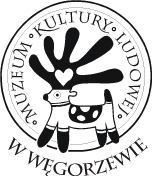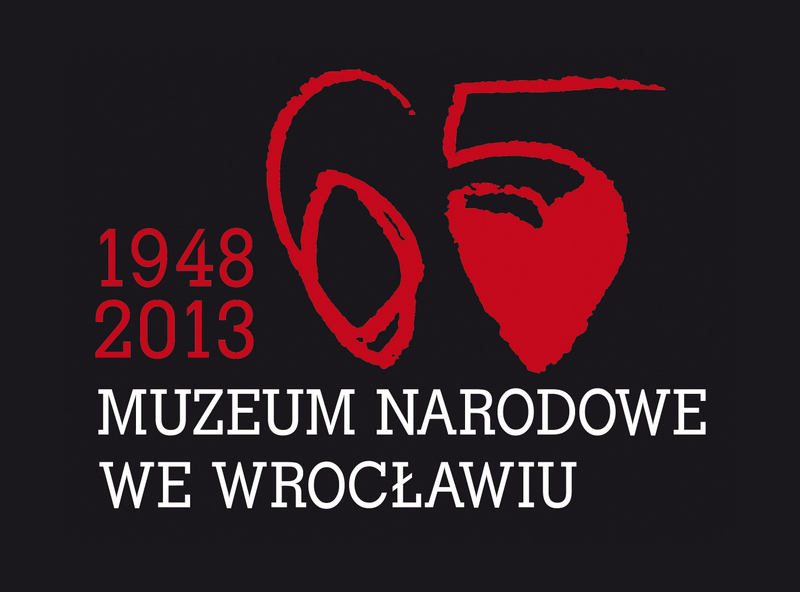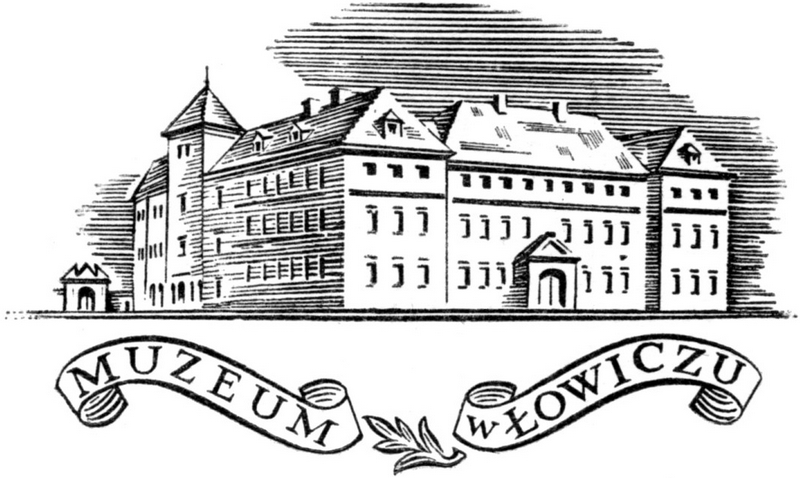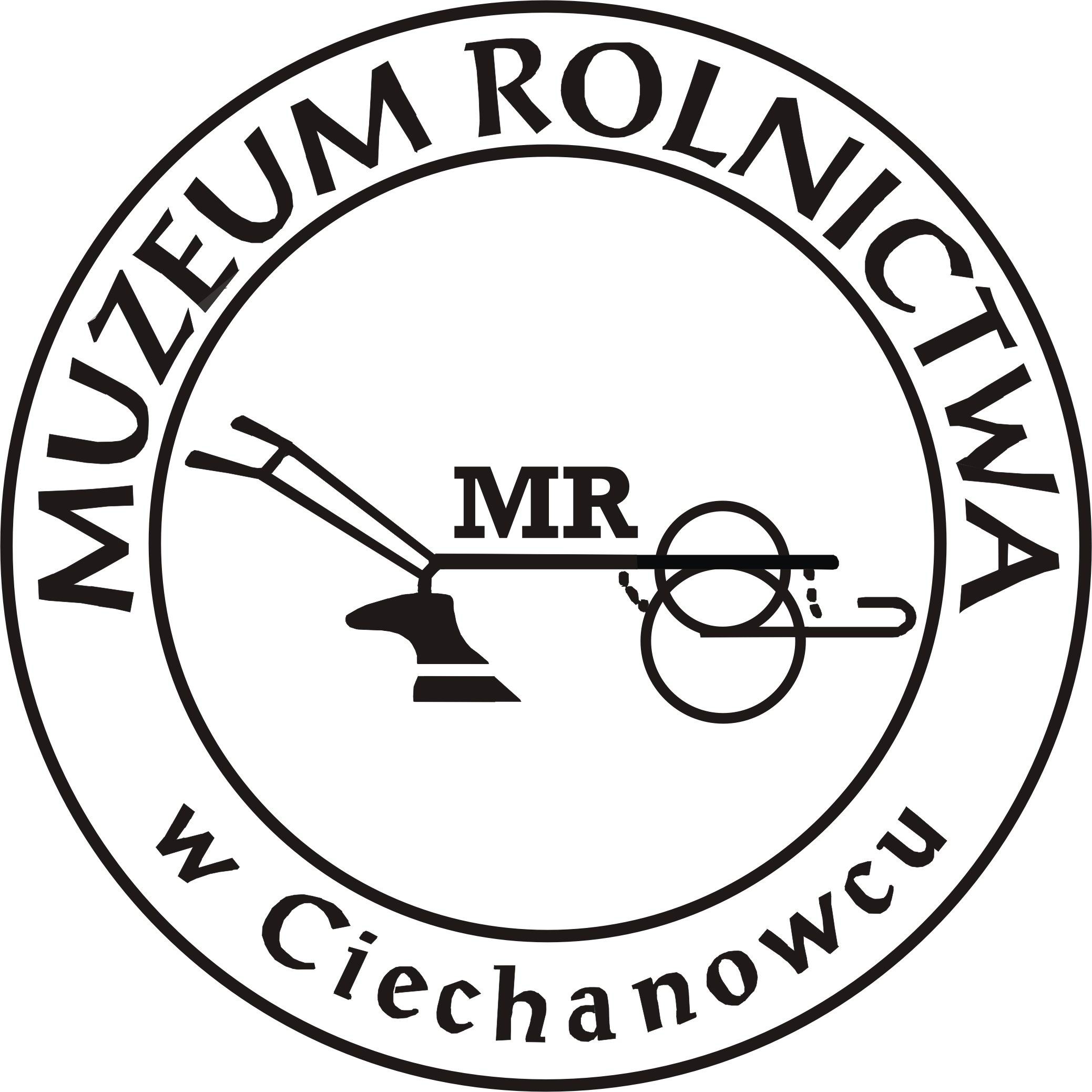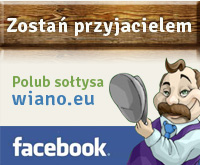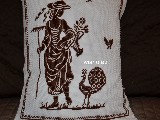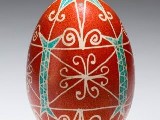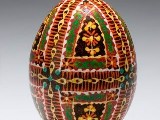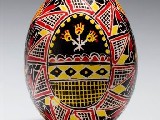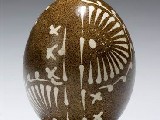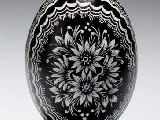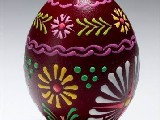Pobierz MP3
- sd
- Kujawiak od Bachorzy
Od Kujaw po Bałtyk czytaj - Opowieść O czarnoksiężniku i trzech dziewicach
Konkurs na pamiątkę czytaj
Festiwal Czango czytaj- Kolęda Hej w dzien narodzenia
Kolędy Podkarpacia czytaj
Partnerzy
Kontakt
2010-03-01 Motif on Easter egg
Batik technique is the oldest and most widespread method of egg ornamentation, well-known in many regions of Poland, as well as Europe. It consists in laying or “writing” on an eggshell diverse ornaments. It is performed with appropriate tool dipped in molten beeswax.
Subsequently, thus prepared egg is dipped in dye. The characteristic white ornament on the dyed background is attained after the egg has been taken out of the paint solution and the wax has been removed. By repeating these steps a few times, by laying wax on other surfaces and changing the colour of dyes, a multicolour Easter egg would be created.
Among the typical ornamental motifs used with batik technique there were geometrical ornaments as well as vegetal ones. There prevailed characteristic lines, stars and rosettes arranged into fans or radiating from the center.
Hutsul motifs
Maria Kieleczawa, an artist specializing in egg ornamentation, has mastered the batik technique to perfection and the ornamentation she currently applies has been inspired by elaborate Hutsul pattern-designing. Her ornamented eggs are, in truth, characterized by other colouring – they are dominated by red, white, black, yellow and green, but in the designing they refer to Hutsul “miniature Easter egg painting”.
Subtle, linear ornamental motifs cover the entire surface of the egg and are prepared with huge precision and refinement. Pattern-designing of some of them can be defined as mosaic. Such geometrical motifs as lines, triangles, curls, cross-ruling, rhombi, spirals or chequered patterns.
There is also, the infrequently seen, zoomorphic ornamentation, characteristic for old Easter eggs from the Hutsul region.
Suwałki region motifs
Ornamental Easter eggs based on Suwałki region motifs are distinguished by an ornament in shape of tears, which together with linear ornament is the most representative of the batik technique. It is recognizable for the line with which it is created, the so-called “tear” or “comma” – a line created with short strokes with pinhead.
Easter eggs ornamented by Aniela Popłońska (coming from Monkienie, Augustów district) have white ornamental motif, achieved with a thicker line, which is contrasted by black background. In the composition there prevail such motifs as rosettes and fans placed on both poles of the egg or its sides. They are complemented by ornaments in shape of dots and commas.
Engraving technique
Consists in engraving designs with a sharp tool, such as razor, small knife, scalpel, pin, safety-razor blade on a previously uniformly dyed background. Graceful and loosely scratched line makes it possible to achieve elaborate vegetal designs. Its shading and contrast between the whiteness of the eggshell and the dye give it a unique look.
In order to engrave minute, subtle, almost lacelike designs the method requires great precision and outstanding skills. It became popular in the last years of the 19th century; in the Opole region this tradition is still applied and maintained and the so-called “Kroszonkarstwo” is one of the most vital fields of fine arts.
Krystyna Szkilnik from Opole, according to the tradition of the
„Kroszonki” from Opole
region, engraves elaborate, lacelike vegetal ornaments with a special knife on a darkly dyed egg.
The ornamental composition is based on a vertical and horizontal separation, whilst motifs composed of flowers, leaves, branches and flower bouquets are randomly assembled and cover its entire surface. The artist applies colour with intense saturation. White ornaments beautifully contrast with black, read, brown or green background.
The floral element is situated vertically and surrounded by branches with leaves that fill out the entire composition. “Kroszonka” from Opole has a unique charm and its composition is clear-cut and suggestive.
Rzeszów region motifs
Tadeusz Skiślewicz (from Świdnica, Lower Silesia region) for many years has been creating ornamental Easter eggs using a technique consisting in leaving colour wax on the uniformly dyed eggshell. Molten wax (frequently a mixture of paraffin and wax) is laid onto the surface of the egg with a pin or sometimes a nib.
The first time he came across the art of egg ornamentation at the end of the 30’s in a village located in the vicinity of Sanok and he would systematically apply it from 1955, which would result in cooperation with “Cepelia” (company promoting folklore in Poland and abroad).
This acclaimed folklore artist, winner of many contests, uses for ornamentation his own designs as well as motifs related to egg ornamentation traditions typical for the Rzeszów region. Easter eggs created by him are distinguished for the variety of ornaments and background colouring. Decorative motifs cover the surface of the egg with an ornament resembling relief.
Created with a pin designs in form of rosettes, fans and concentrically projected lines or stylized vegetal motifs are most often arranged into bands. On many eggs created by Tadeusz Skiślewicz the inscription “Alleluja” is added.
Dorota Jasnowska, employee of Muzeum Etnograficzne in Wroclaw
Artyku�y polecane
- Grupy zapustne
dodano: 2015-02-01 | ( komentarzy: 0 ) - Kujawskie zapusty
dodano: 2014-03-07 | ( komentarzy: 0 ) - Tłusty czwartek
dodano: 2012-02-15 | ( komentarzy: 0 ) - Ceramika bolimowska
dodano: 2015-07-23 | ( komentarzy: 0 ) - Ścinanie Śmierci
dodano: 2012-02-23 | ( komentarzy: 0 )
Najcz�ciej czytane
- Kwiaty z bibuły
dodano: 2013-01-07 | ( komentarzy: 0 ) - Kwiaty z bibuły
dodano: 2011-05-18 | ( komentarzy: 0 ) - Przepis na krochmal
dodano: 2010-01-10 | ( komentarzy: 3 ) - Jak zrobić beczkę
dodano: 2012-09-17 | ( komentarzy: 0 ) - Wieniec dożynkowy
dodano: 2012-07-29 | ( komentarzy: 0 )





